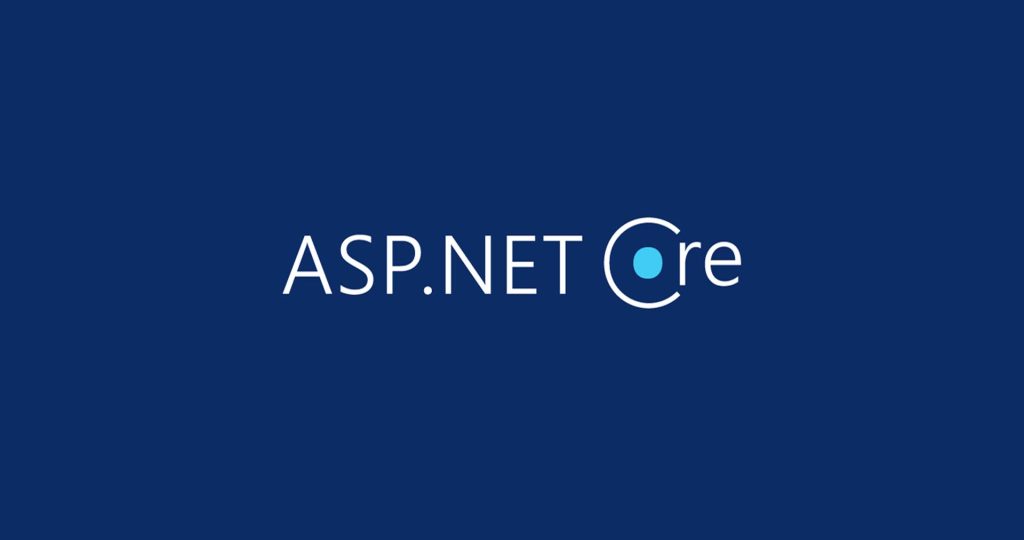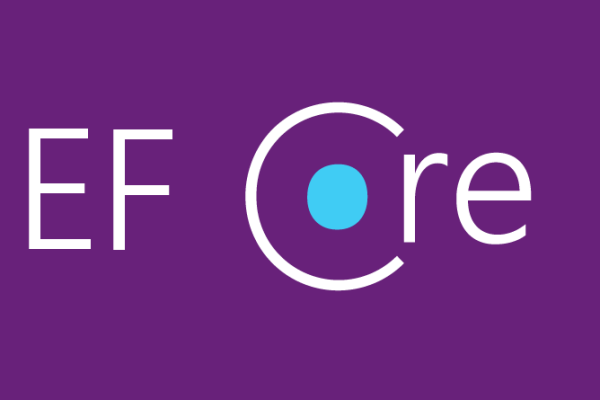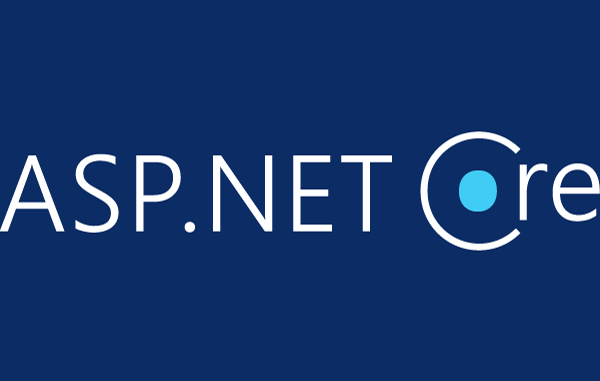
Understanding ASP.NET Core Middleware Ordering and Pipeline Execution
The middleware pipeline is a potent idea that forms the foundation of ASP.NET Core applications….

The middleware pipeline is a potent idea that forms the foundation of ASP.NET Core applications. This pipeline handles all incoming HTTP requests and outbound responses. In order to manage, secure, log, and alter requests, middleware ordering is essential. A minor error in middleware ordering might result in major issues, such as application crashes, missing headers,…

In the.NET environment, Entity Framework Core (EF Core) is a popular Object-Relational Mapper (ORM) that lets developers use strongly typed LINQ queries to communicate with databases. Large-scale data retrieval and manipulation present difficulties, even if EF Core is excellent at performing routine CRUD tasks. Conventional EF Core queries can lead to numerous database round trips…

ASPHostPortal has officially announced the launch of its ASP.NET Core 10.0 Hosting platform—bringing developers a faster, more secure, and more flexible environment for building modern web applications. As one of the most trusted ASP.NET hosting providers globally, ASPHostPortal continues to deliver early access to Microsoft’s latest technologies, ensuring developers stay ahead of the curve. Why…
Users now expect contextual retrieval, fuzzy relevance, and semantic search in addition to keyword matching. Vector databases offer effective similarity search and store vector embeddings (Pinecone, Milvus, Weaviate, etc.). They enable you to integrate semantic search to ASP.NET Core apps with low latency and great relevance when combined with OpenAI (or other embedding models). With…

ViewState is used in ASP.NET to maintain control data in between postbacks. However, in other situations—particularly when performance is crucial and a page is losing state information—using ViewState might not be required or desirable. This article describes how to disable ViewState in an ASP.NET project at different levels. These techniques range from turning off ViewState…
According to the RFC 7515 standard, JWS (JSON Web Signature) is a small, URL-safe technique for securely expressing claims between two parties. It allows you to digitally sign data and verify that it hasn’t been altered while being transmitted. A particular kind of message authentication code (MAC) that uses a cryptographic hash function and a…

This article explains the KISS (Keep It Simple, Stupid) principle in C# through practical, real-world examples. You’ll learn how to identify and eliminate unnecessary complexity in your code, refactor over-engineered solutions into simple, maintainable designs, and combine KISS with DRY and SOLID principles to create robust applications. Whether you’re a junior developer looking to write…

Memory management in .NET is handled by the Garbage Collector (GC), which automatically reclaims memory used by objects that are no longer needed. However, there are scenarios where you might want to manually control garbage collection or prevent unnecessary cleanup. Two commonly misunderstood methods are: GC.Collect() → Forces garbage collection. GC.SuppressFinalize() → Prevents the finalizer…

The core of ASP.NET Core is Kestrel, a lightweight, cross-platform web server designed for contemporary cloud-native applications. Kestrel powers your app in the background, regardless of whether you’re deploying it on Windows, Linux, or Docker. Let’s examine Kestrel’s definition, internal operation, deployment and configuration (using IIS or Nginx reverse proxy settings), and concluding with important…

1. Overview & Approach Security testing for ASP.NET Core should include multiple layers: Static Analysis (SAST): scan code for insecure patterns. Dependency/Package Scanning: find vulnerable NuGet packages. Configuration Review: Ensure framework and middleware settings are secure. Dynamic Testing (DAST): exercise the running app to find runtime flaws. Automated Integration Tests: programmatic tests that assert security…